“Architecture exalts something. Therefore, where there is nothing to exalt, there can be no architecture,” opined Austrian philosopher Ludwig Wittgenstein in the early twentieth century. And some of the best contemporary houses built worldwide since the beginning of the twenty-first century have proved him correct. The dwellings, collected in the book Living in the New Millennium: houses of the early twenty-first century (publisher Phaidon), offer new solutions to old problems and become the figureheads for a new residential architecture in the service of its occupants.
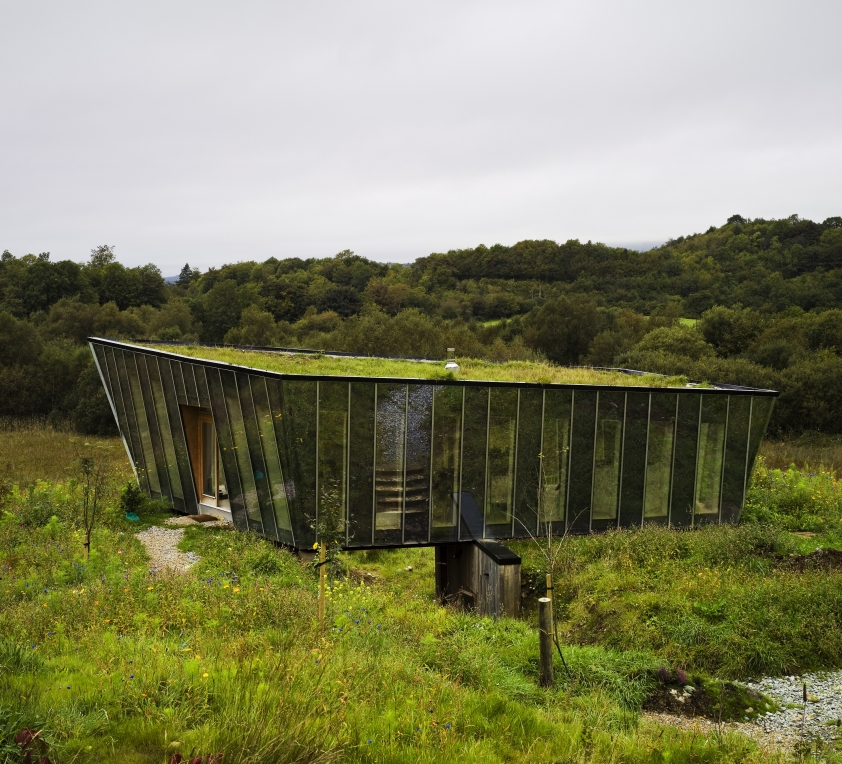
Mimetic House, from Dominic Stevens, in County Leitrim (Ireland)
The so-called Mimetic House, designed by architect Dominic Stevens, is located in a rural area in the west of Ireland, amidst a hilly landscape. The building, designed for a couple of concept artists, is masterfully integrated into the landscape by means of windows that reflect the countryside and a roof on which grass and local plants grow. Stevens, a singular architect who works inside a refrigerated truck and only produces one or two projects a year, also opted for recycled materials and a low-tech design in order to ensure that the Mimetic House is not a luxury, but a realistic life option for many citizens.
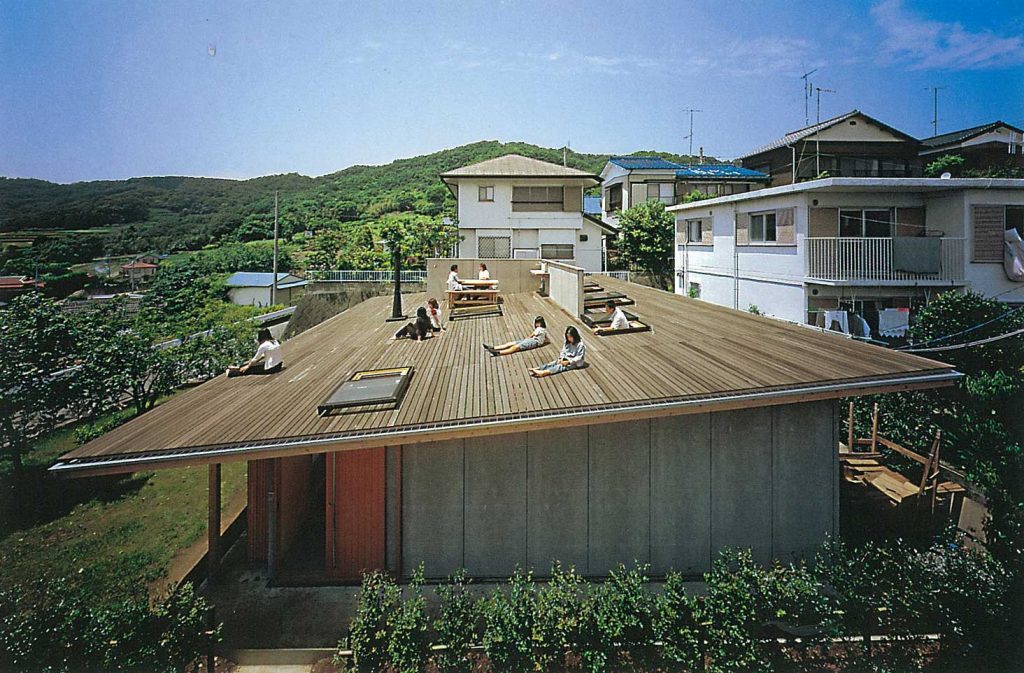
The Roof House, from Tezuka Architects, in Hadano (Japan)
This single family home built in 2001 is located on the outskirts of Tokyo in an area overlooking a valley and Mount Kobo, a hill of 235 metres hill baptized in honor of Kobo Daishi, the teacher who spread Buddhist teachings in the nineteenth century. The location of the house on top of the valley allows for spectacular views of the surroundings. For this reason, the Japanese architecture firm Tezuka Architects, decided to facilitate life on the roof of almost 100 square metres, installing a kitchen, a shower hidden behind a wall, a table and chairs. Each room below is connected through a skylight and a ladder to the roof. The lower level is characterized by the presence of huge windows and sliding screens that facilitate the redistribution of spaces depending on the needs of the family.
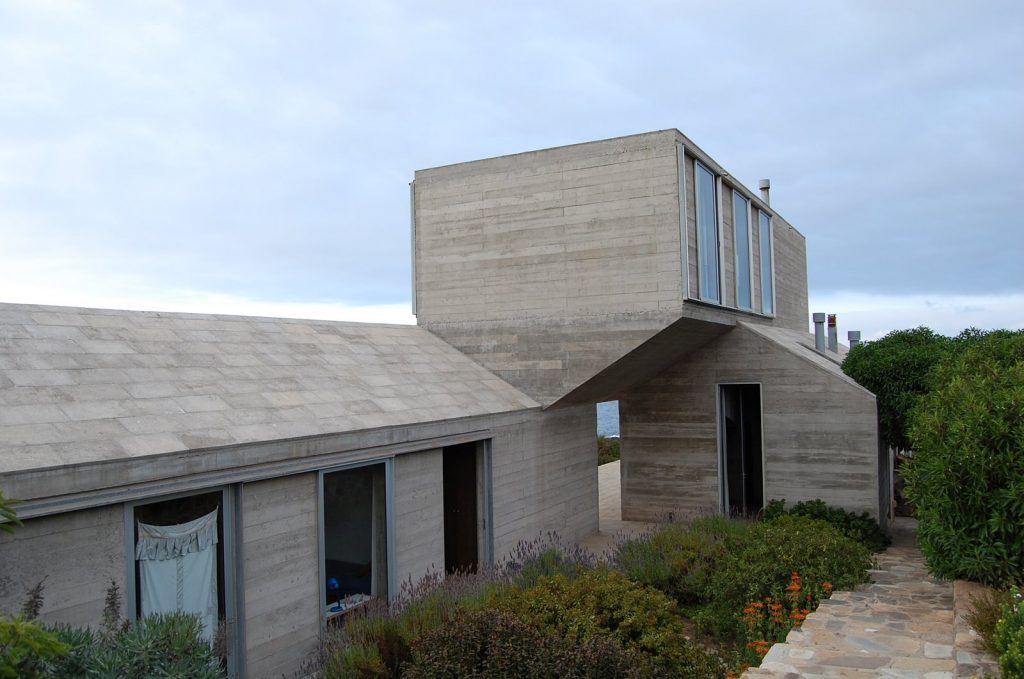
House in Bahia Azul, from Cecilia Puga, in Los Vilos (Chile)
The Chilean architect Cecilia Puga gave expression to her principles in this building. In her view, reflected in a book from Ediciones ARQ, her works are “a dialogue between stability and mass in suspension…and a small number of materials” without “militant affiliation to a specific historical or formal moment.” The so-called House in Bahia Azul or Larrain House in Los Vilos (Chile) presents three monolithic reinforced concrete containers, one of them inverted which functions as a link between the bedrooms and the dining-kitchen, ensuring their independence. Built in 2002, the home is situated on the coast in the central area of Chile.
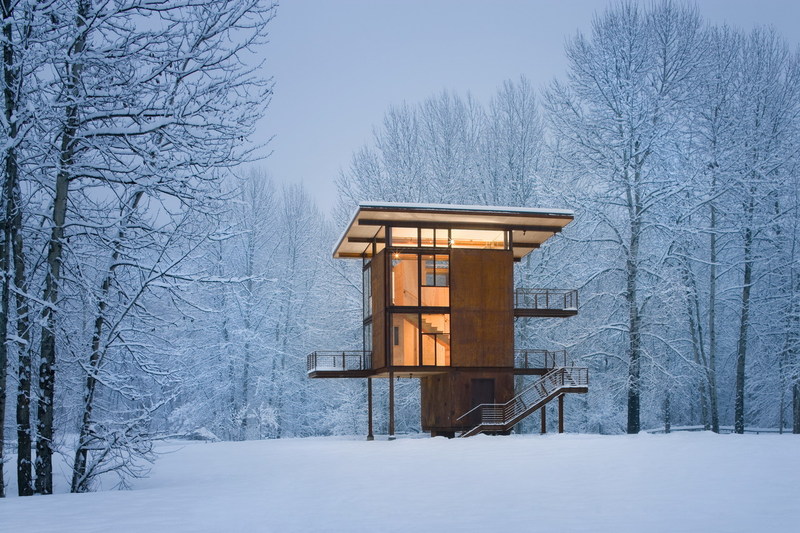
Delta Shelter, from Olson Kundig Architects, in Mazama (Washington, USA)
This weekend cabin of just over 90 square metres serves as a refuge for the training of an athlete. It consists of a steel box on stilts, fundamental when located near a river in a flood zone. When the owner is away from home, gigantic steel shutters, movable by means of a handle, shield the house. The structure, built in 2005, is spread over three floors, with a lounge-kitchen on the top floor, topped by solar panels.
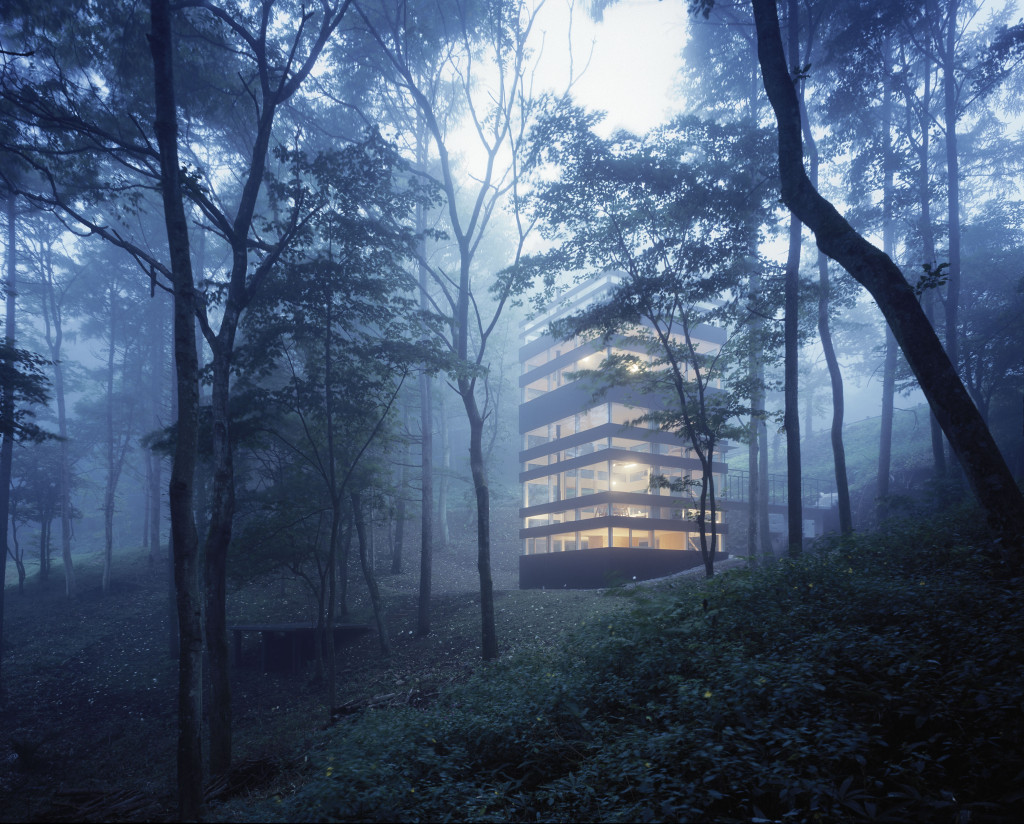
Ring House, from Take Nabeshima Architects, in Karuizawa (Japan)
Japanese architects Makoto Takei and Chie Nabeshima faced a challenge: a dark plot on a steep hill very near a road in the town of Karuizawa, some 185 kilometers northwest of Tokyo. To solve these problems, the architects devised a mini tower partially embedded in the hill, in order not to violate the strict height restrictions imposed by local authorities. Thanks to this, residents can see from the roof the majestic Mount Asama, a nearby volcano of snowy peaks. The so-called Ring House is also an elegant glass box that allows 360-degree views of the forest from any room, although the glazing becomes narrower in the bedrooms to ensure privacy.
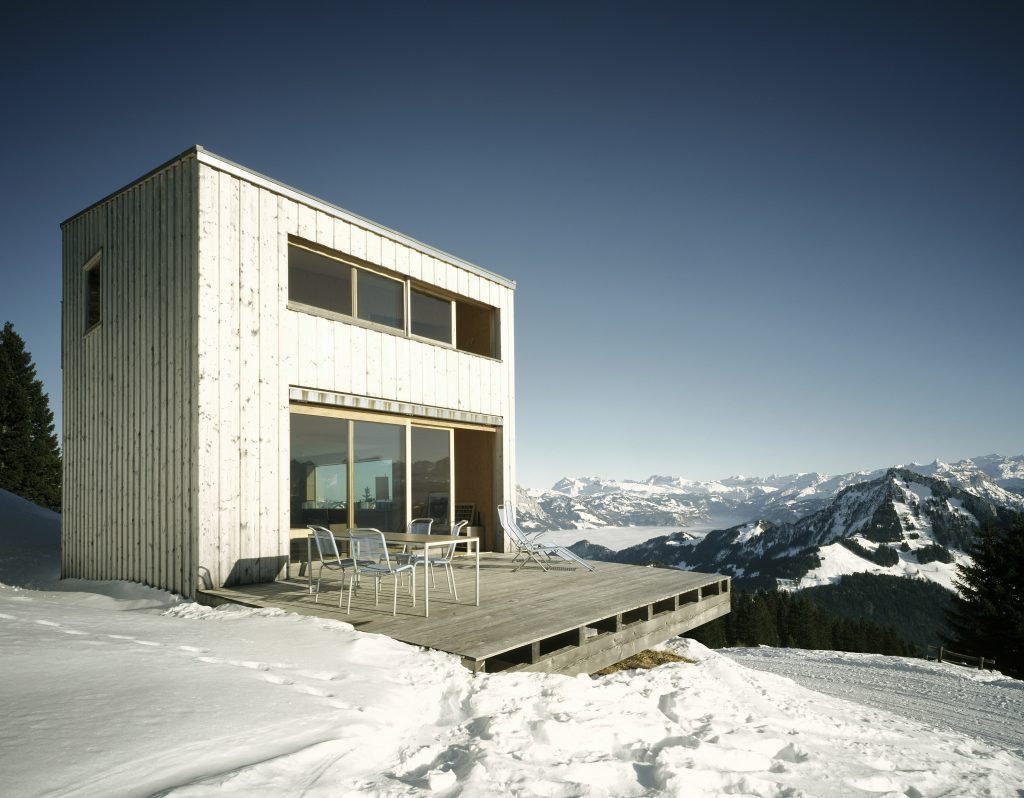
Holiday Home on the Rigi, from AFGH Architects, on the peak of Mt. Rigi (Switzerland)
Swiss architects Andreas Fuhrimann and Gabrielle Hächler are responsible for this summerhouse perched on a hillside with a spectacular panoramic view of the Alps. The designers used simple materials, such as exposed concrete and the floors and ceilings of pinewood, combined with a minimalist decor. A concrete basement anchors the building to the mountain and a fireplace serves as its backbone. The living room, with two levels, is topped by a five-metre long window looking out over the Alpine landscape.
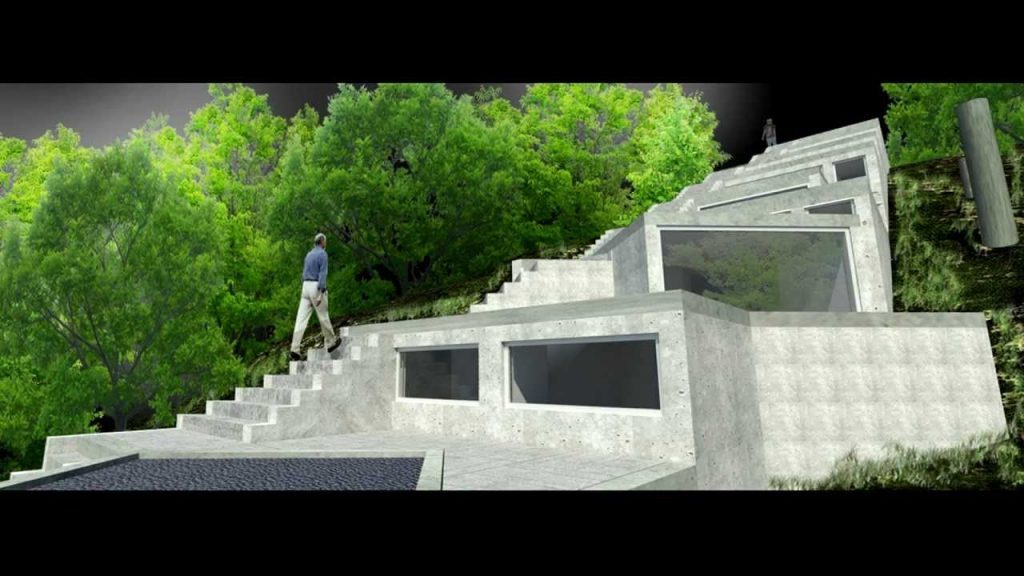
Tolo House, from Alvaro Leite Siza, in Lugar das Carvalhinhas (Portugal)
Marked by its location in a narrow parcel with a steep slope, the home, designed by architect Alvaro Leite Siza, son of the celebrated Alvaro Siza, is solved by a succession of concrete stairs and roofs that function as separate patios. Inspired by pre-Columbian constructions, the Tolo House is a summerhouse of some 180 square metres, with three bedrooms, a living room, bathroom, dining room, a kitchen and even a small outdoor pool. Its southern exposure provides good sunshine throughout the year.
Comments on this publication